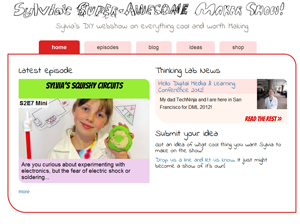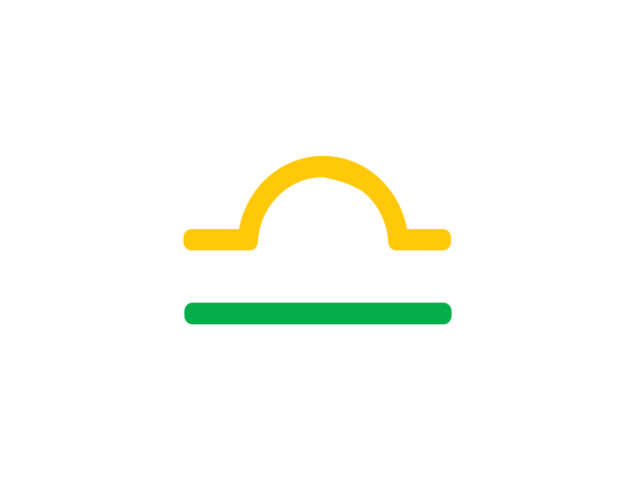Intrepid Research Fellow, Sarah Vaala, is attending her first Digital Media and Learning Conference in San Francisco. In between convening, attending and conferencing, she is going to be blogging for the Cooney Center about what’s happening at the conference and what the big ideas of each day were.
Greetings from San Francisco! From keynote speakers, to panels, to “ignite” talks, to the evening’s science fair – there was a lot of ground covered among digital media enthusiasts today. The best way to approach my “daily dispatch,” I decided, was to mention and describe a few of the buzzwords and phrases from the events I attended:
Entrepreneurial Learning. The morning began with a keynote address from John Seely Brown (University of Southern California; Deloitte Center for the Edge) entitled “Cultivating the Entrepreneurial Learner in the 21st Century.” An entrepreneur, he contended, is someone who is constantly looking around at their environment for new and innovative ideas and puting those ideas into practice. In the context of education, then, entrepreneurship should take two forms.
- Students should be encouraged and enabled to learn through an interest-driven process of ‘thinking’ and ‘making.’ Entrepreneurial learning is the point at which thinking (about ideas and interests) and making (context and things) meet. As examples he pointed to wikis, fan fiction sites, blogs, and online game discussion boards that allow kids to practice writing skills, knowledge production, and knowledge dissemination while making their own content in an inherently motivating way.
- Practitioners and educational policy-makers must become entrepreneurs as well, by scaling up the innovative ideas and practices that enable students’ learning in the 21st century. Kids are engaging in very profound learning experiences outside the classroom through production and remixing of digital media. Institutional learning needs to begin to incorporate those experiences inside its formal institutions as well. If the typical 20th century learning institution was a steamship plodding along at a consistent speed on a set course, explained Brown; then the optimal learning institution of the 21st century should be a white water raft moving quickly with the ability and agility to traverse whatever direction or waves the immediate environment dictates.
If entrepreneurial learning is the goal, then the next two buzzwords can be considered means for achieving that goal.
Tinkering. In a quotation that particularly stuck with me from the day’s events, Gever Tully, of Brightworks and the Tinkering School, re-defined tinkering as “the moment between when you think you are done and when it actually works.” In his panel discussion, Tully described his experiences running Tinkering School sleep-away camps where 8 – to 17-year-old campers dreamt up things they wanted to build and worked together and with adult facilitators to build their ideas (think rope bridges made of recycled plastic bags and go-carts operated by rowing – too bad the age limit is 17!). Along the way to the finished product came frustration, tinkering, testing, more tinkering, and durable educational lessons inextricably embedded in memories of fun and senses of real accomplishment and creation.
Super Awesome Sylvia (who, at 10 years old is certainly the youngest conference panelist I have ever seen!) further illustrated the teaching power of tinkering. Her web-based show, “Sylvia’s Super Awesome Maker Show” consists of (super fun) tutorials on how to make things like “squishy circuits,” lava lamps, and monochronic clocks. She and her assistant Dad (aka “TechNinja”) explained that their typical episode trajectory progresses through the stages of (1) having a super awesome idea for a project, (2) trying to figure out how to make that project with little to no prior background knowledge, (3) failing, (4) figuring out a new way to approach the project, and (5) repeating steps 2 – 4 until the project works. With an estimated 20,000 subscribers to the Maker Show, Sylvia and TechNinja are not just learning on their own through their tinkering, but also inspiring untold amounts of tinkering-based learning among other families as well.
Play. This final buzzword was perhaps the most ubiquitous throughout the day’s presentations and intersects with many of the other themes of the conference. John Seely Brown described play in his keynote address as “permission to fail, fail, and fail again and then get it right.” It’s the intrinsic drive to play that prompts us to tinker and try out new ideas. It’s the drive to play that leads us to keep tinkering and trying out new ideas when our first solutions don’t work. It’s impossible to watch a webisode of “Sylvia’s Super Awesome Maker Show,” for example, and not see playing, learning, and teaching all occurring simultaneously as the duo brings the imaginary into reality. And while play can lead to the acquisition of “academic” knowledge like the science needed to design a circuit or the math necessary to build a real life go-cart from a scale model, it can improve social skills and self-confidence as well. In one panel, Laurel Felt of USC Annenberg School for Communication & Journalism described how LA high school students boosted their self-confidence and communication skills through an afterschool improv class. “Laughter for a cause”, she claimed, gave kids the space they needed to look silly, goof around, fail, and have fun. The students essentially were given permission to play, free of peer pressure, societal expectations, and academic assessment, all while building trust with each other and co-learning the basics of improv comedy.
What is more, not only do kids learn from play, but we can learn from their play as well. A number of panelists described the value they culled from incorporating students’ play into formative stages of their research and design processes. For example, Elizabeth Swenson and her colleagues from the USC Game Innovation Lab ran “junior design camps” with middle school and high school students in order to design a Facebook-based game for preparing high school students to apply to college. During the camps, middle and high school students from a range of backgrounds spent a month designing their own card games and playing the games together. The insights gleaned from watching them build and play their own games led the researchers to build “Mission: Admission,” which will be deployed this Spring to help break down the digital divide with regards to applying to college. Similarly, panelist Jessica Klein the Design and Learning Lead of Mozilla’s Hackasaurus described how “Hackasaurus” grew out of “hack jams” with teens who were given very basic instruction in how to remix the web. Through watching these students play around, Jessica and colleagues designed the Hacksaurus curriculum, complete with “web X-ray goggles.” Free, and promoted through youth ambassadors worldwide, the curriculum enables youth on a broader scale to learn about web programming, take risks with technology, and have fun.
These were just a few musings on the day’s events, but you can find out more detailed information about and reactions to the DML presentations by checking out the tweets of conference participants at #DML2012. (My favorites are the ones about zombies).


